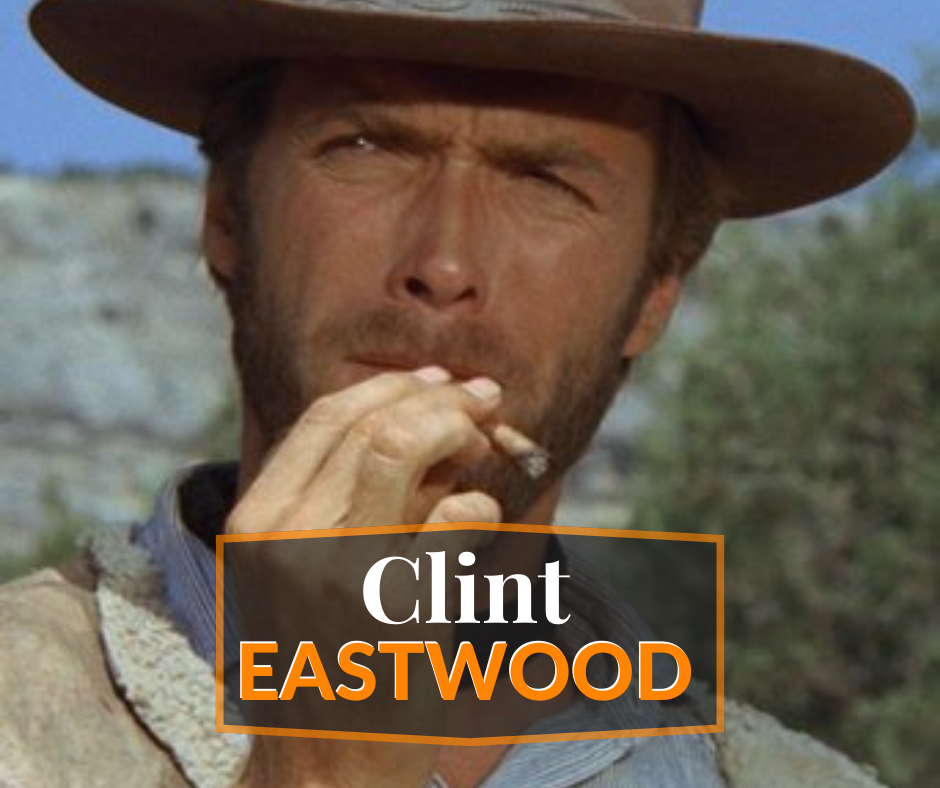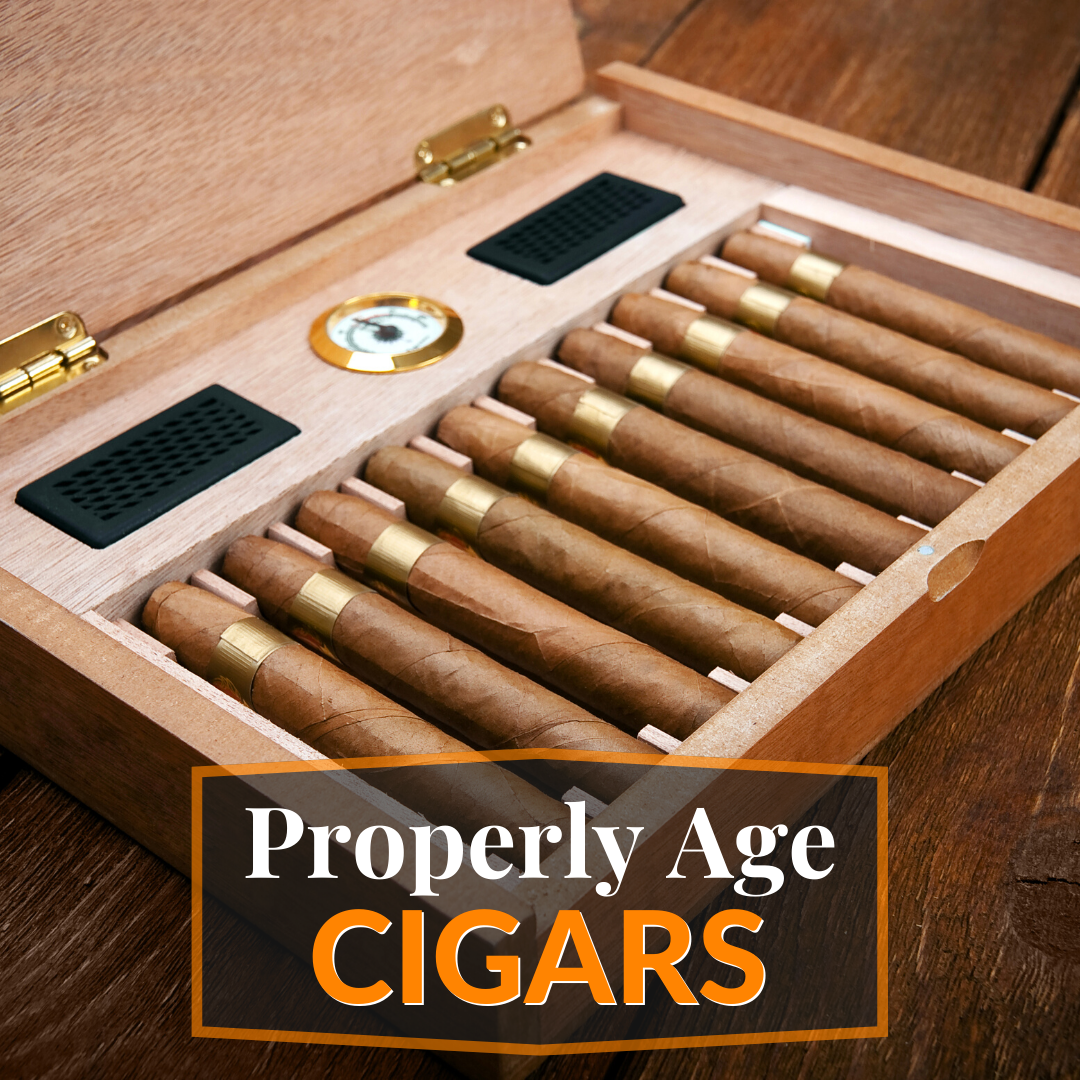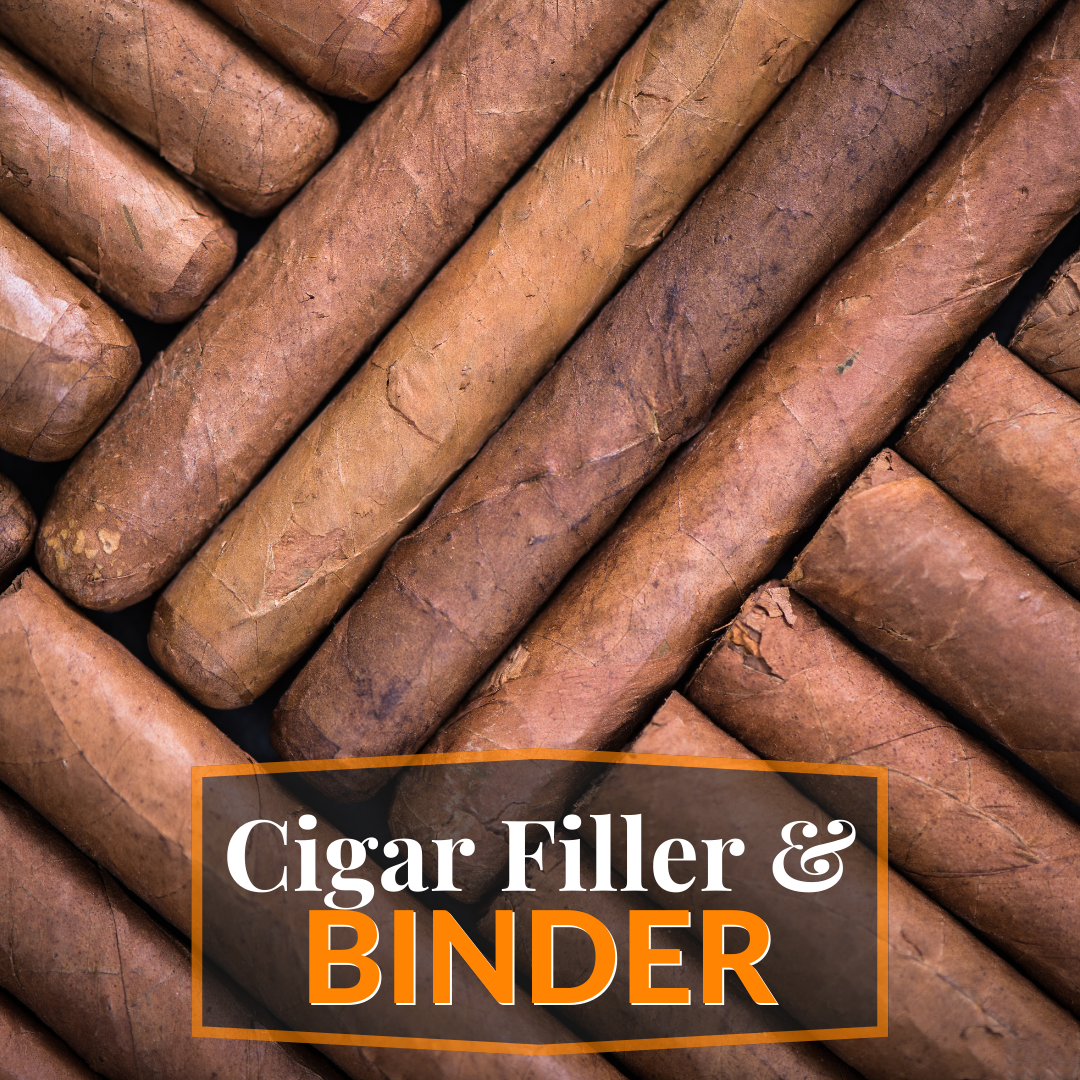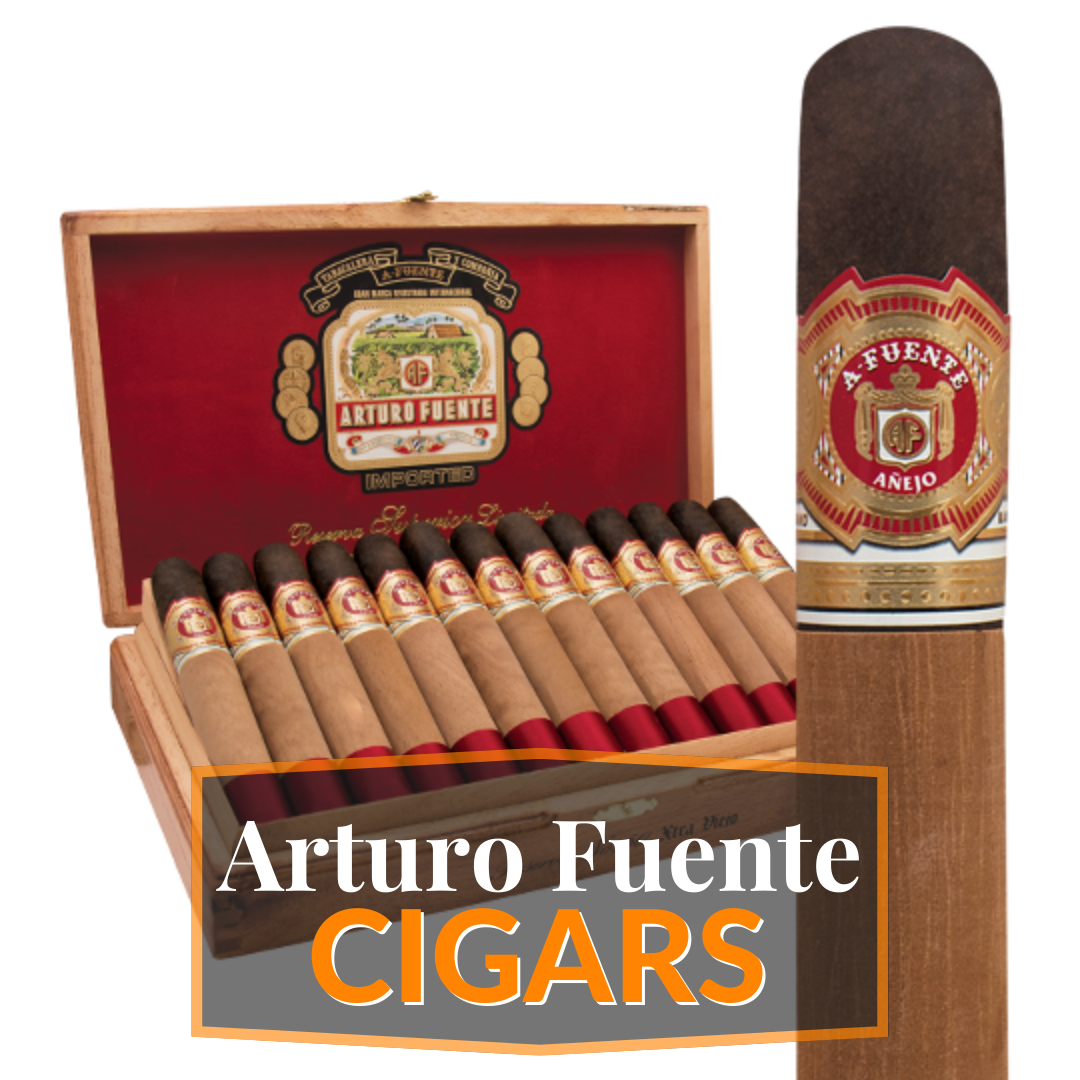
The Clint Eastwood Persona: The Man with No Name
The mention of Clint Eastwood conjures up images of a rugged, silent cowboy with a cigar clenched between his teeth. He is the “Man with No Name,” the quintessential western hero. Clint Eastwood, an American actor, director, and producer, has left an indelible mark on the film industry, thanks to his iconic roles in spaghetti westerns.
Clint Eastwood: The Western Star
Not many actors can embody the spirit of the wild west like Clint Eastwood. He’s one of Hollywood’s finest, bringing to life the western character archetype in all its glory. His persona, complete with the hat, poncho, and cigar, is synonymous with the genre, making him an iconic western star and perhaps one of the most famous cigar smokers of all time.
The Clint Eastwood Smoke: Unraveling the Eastwood Smoke
The Eastwood smoke, as it is fondly known, is a significant part of Eastwood’s western persona. But what kind of cigar did Clint Eastwood smoke? What is the story behind the iconic cigar that Eastwood smoked throughout the filming of his films?
The Cheroot Cigar
The cheroot cigar, a slim, open on both ends, and often rather dry-cured cigar, was the cigar of choice for Eastwood’s character. Cheroots are distinct in their lack of a distinct filler, binder, and leaf structure, and their flavor is quite unique, often attributed to the fermented Kentucky tobacco they contain.
What Kind of Cigar did Clint Eastwood Smoke?
Eastwood smoked De Nobli Toscani cigars, a type of cheroot, in his films. These cheroot cigars, made by an Italian cigar company, are beloved for their strong flavor and unique characteristics. Despite the character’s rugged appearance, Eastwood himself didn’t smoke in real life, yet he managed to make the act look incredibly natural on screen.
The Toscano Cigar and Eastwood
The Toscano cigar, also known as the “Italian cigar,” is another variant of the cheroot that Eastwood was associated with. Made from Kentucky tobacco, these cigars are known for their rich, robust flavor. Toscani cigars, in particular, are recognized for their fine quality and distinctive taste.
The Art of Cigar Smoking
Clint Eastwood and Cigar Smoking
Cigar smoking, as depicted by Eastwood, became an emblem of the tough, taciturn cowboy. Eastwood’s character seemed to enjoy the act, further cementing the connection between the western genre and cigar smoking in movies. The sight of Eastwood with a cigar in his mouth is one of the most enduring images of the spaghetti western genre.
Eastwood’s Approach to Cigar Smoking
Despite not being a regular smoker, Eastwood managed to portray cigar smoking in a way that felt incredibly natural and authentic. The cigars Clint Eastwood smoked in his films were more than just props; they became an integral part of his character, adding depth and dimension to his roles.
The Spaghetti Western Genre
The Dollars Trilogy: A Revolution
The Dollars Trilogy, a series of films directed by Sergio Leone and starring Clint Eastwood, revolutionized the spaghetti western genre. These films, “A Fistful of Dollars,” “For a Few Dollars More,” and “The Good, the Bad, and the Ugly,” released in the mid-1960s, are iconic for their gritty storytelling, memorable characters, and the unmistakable presence of Eastwood.
Eastwood and Sergio Leone
The collaboration between Eastwood and Italian director Sergio Leone was nothing short of legendary. Leone’s spaghetti westerns, with Eastwood at the helm, brought a new perspective to the genre. The films’ success cemented Eastwood’s status as a leading man in Hollywood and popularized the spaghetti western genre worldwide.
The Ugly Side of Spaghetti Western
The spaghetti western genre, despite its popularity, was not without its darker elements. Often, these films presented a more “ugly” and brutal depiction of the wild west than traditional Hollywood westerns. Eastwood’s characters, while being the protagonists, often straddled the line between hero and anti-hero, adding a layer of complexity to the narratives.
The Legacy of Eastwood Smoke
Eastwood’s Impact on Cigar Smokers
Eastwood’s portrayal of cigar smokers in his films had a significant impact on the perception of cigar smoking in popular culture. His characters’ fondness for cheroots led to an increase in their popularity. Today, many cigar smokers enjoy cheroots and Toscano cigars, following in the footsteps of Eastwood’s characters.
The Enduring Legacy of Eastwood’s Cigar
The Clint Eastwood smoke has left an enduring legacy, forever associating the actor with the act of cigar smoking. The image of Eastwood, cigar in hand, has become a symbol of the spaghetti western genre, a testament to the actor’s powerful performances and the unforgettable characters he portrayed.
Conclusion
Clint Eastwood’s iconic persona, along with the cigar, have become symbols of the western genre. From the cheroots he held between his lips to the smoke that swirled around him, Eastwood created an image that is as powerful today as it was when he first appeared on the screen. His roles, especially in the spaghetti westerns, have left an indelible impact on the genre and popular culture. The Eastwood smoke, a key element of his western persona, continues to influence cigar smokers and film enthusiasts alike.
FAQs
- What kind of cigar did Clint Eastwood smoke in his films? Eastwood’s character often smoked cheroot cigars, specifically De Nobli Toscani cigars.
- Did Clint Eastwood smoke in real life? Despite his convincing portrayal on screen, Eastwood didn’t smoke in real life.
- What is a cheroot cigar? Cheroots are slim, open on both ends, and often rather dry-cured cigars. They lack a distinct filler, binder, and leaf structure.
- What are the films in the Dollars Trilogy? The Dollars Trilogy consists of “A Fistful of Dollars,” “For a Few Dollars More,” and “The Good, the Bad, and the Ugly.”
- What is the spaghetti western genre? The spaghetti western genre refers to a broad sub-genre of western films that emerged in the mid-1960s, characterized by their production in Italy (hence “spaghetti”) and often featuring a more brutal and pessimistic view of the wild west.





